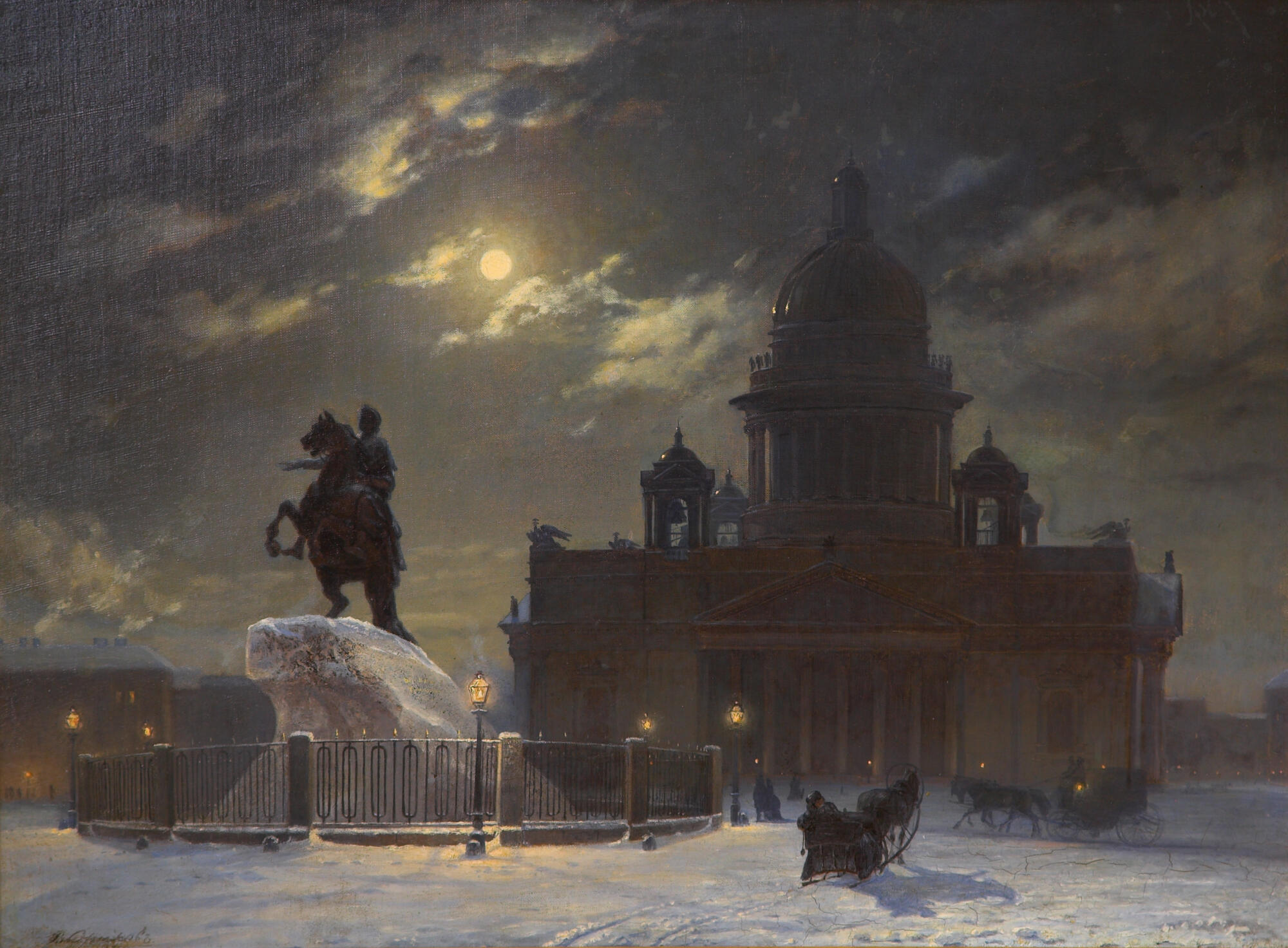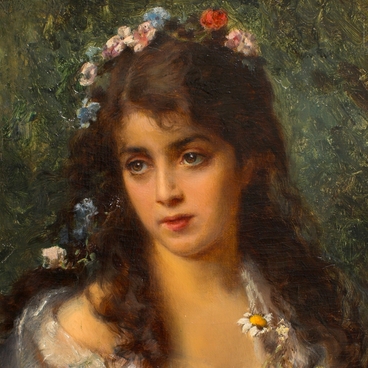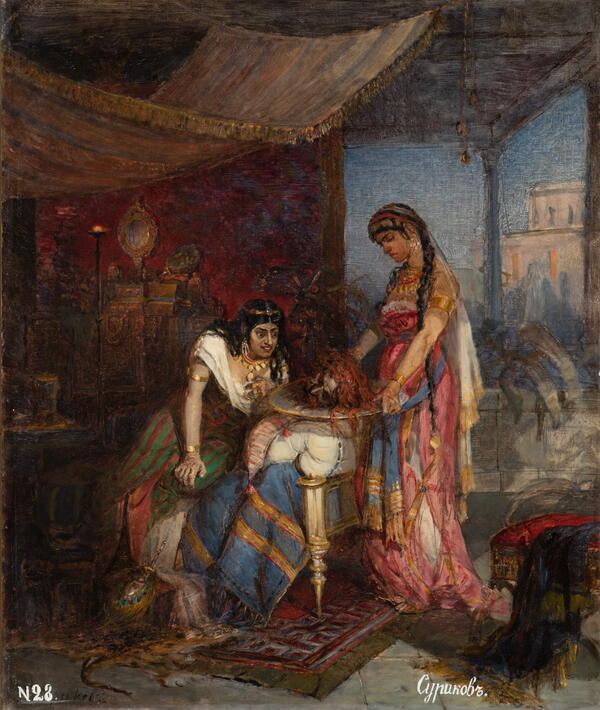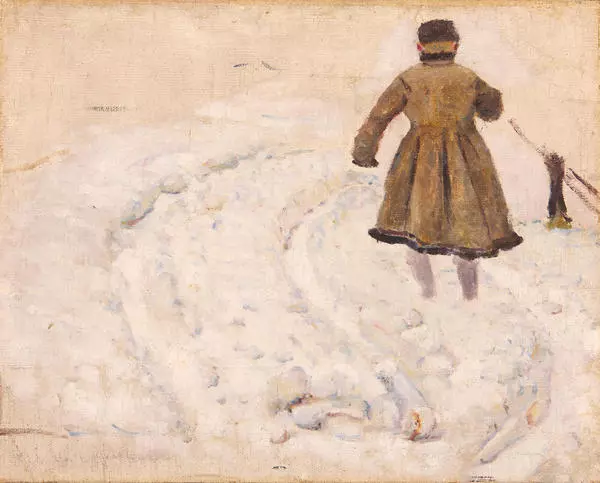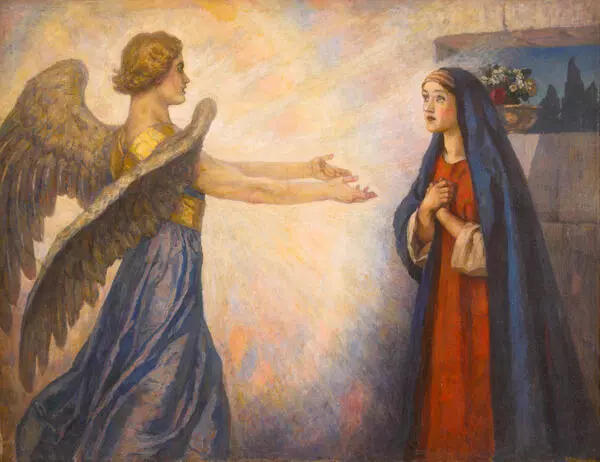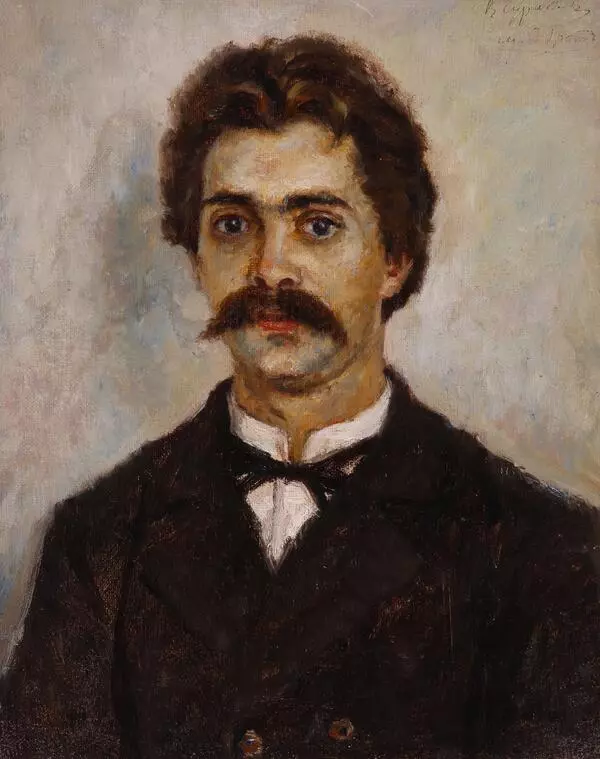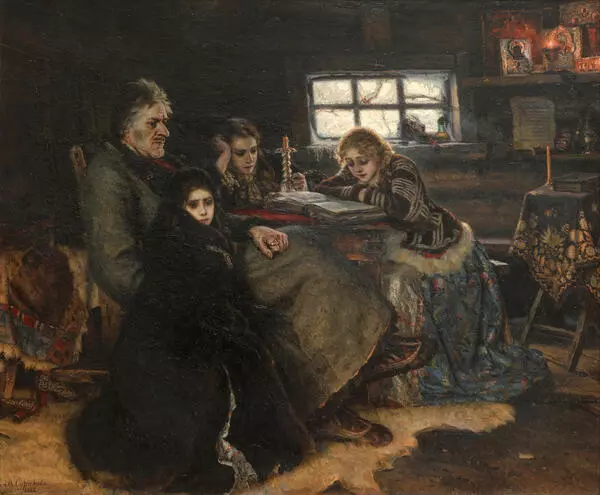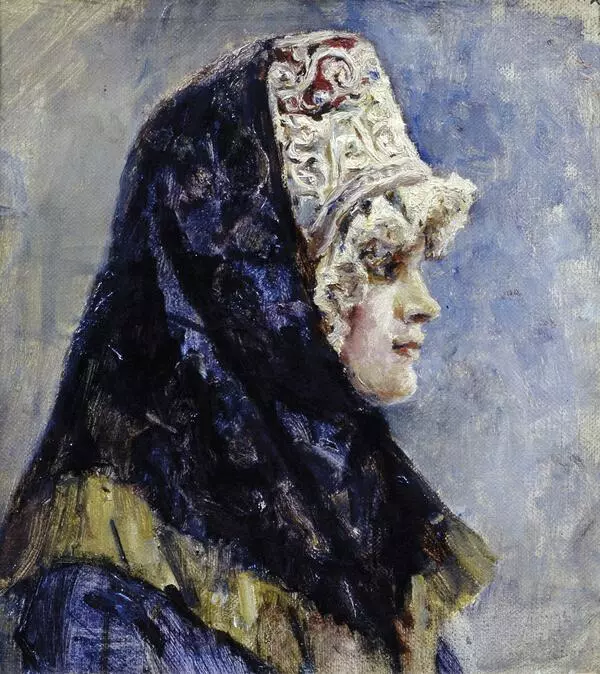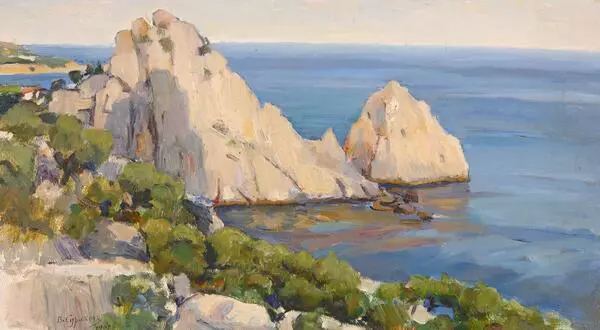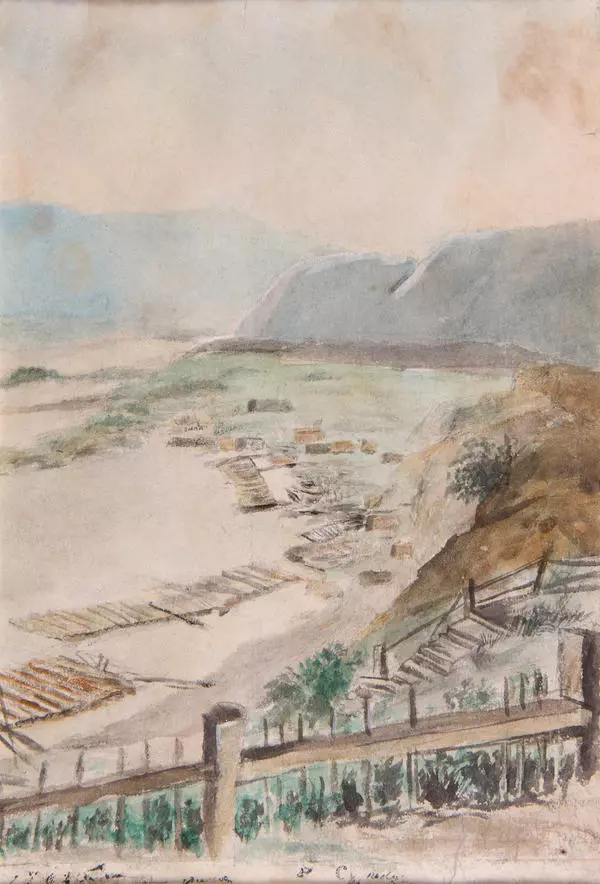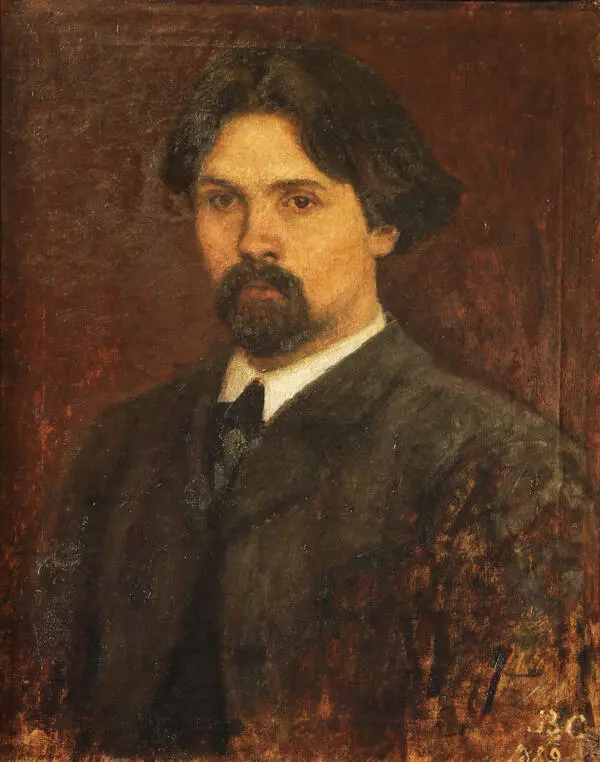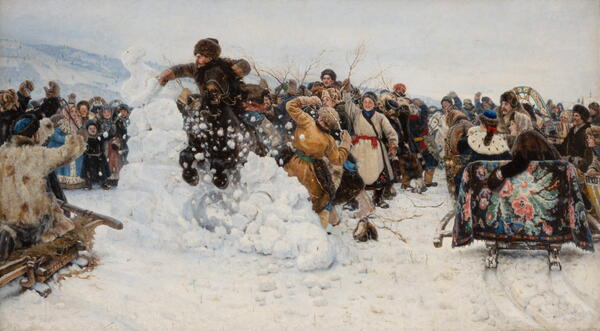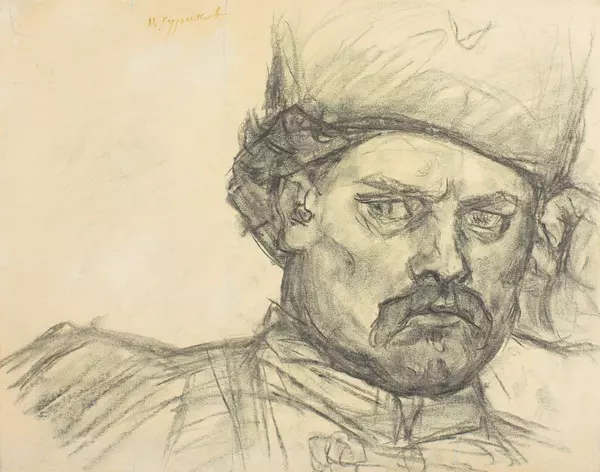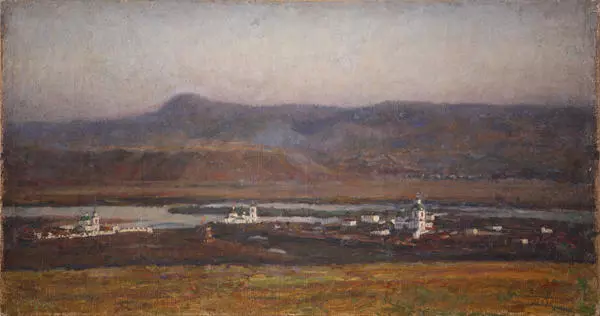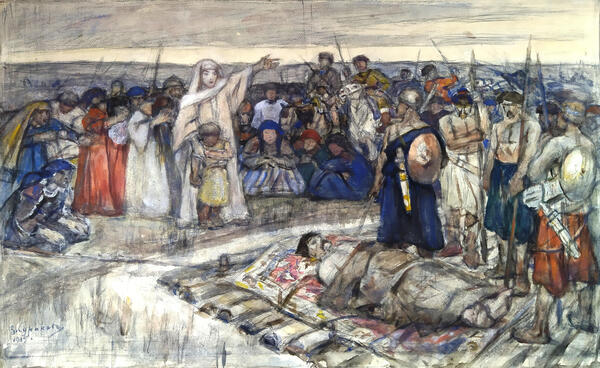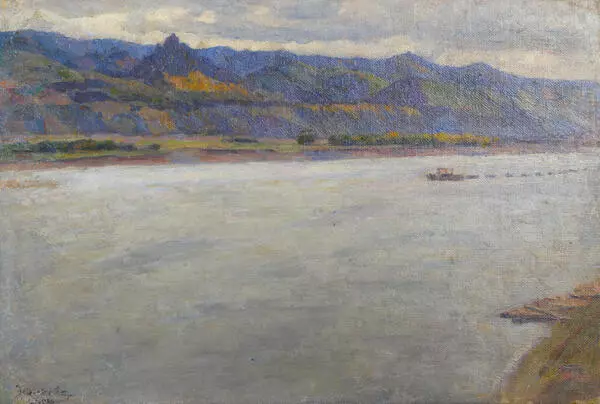Vasily Surikov is a Russian painter, master of large-scale historical paintings, and a member of the association of traveling art exhibitions. The artist was born in Krasnoyarsk, in a Cossack family. He got an opportunity to study at the Imperial Academy of Arts in Saint Petersburg thanks to the support of the local merchant Pyotr Kuznetsov who was also the owner of some gold mining facilities. Kuznetsov paid for the Surikov’s education. Surikov was among the best students at the Academy of Arts. He worked much and hard: “I came here striving for knowledge. I didn”t miss any classes at the Academy.’
Vasily Surikov had his studies at the Academy under the supervision of Professor Pavel Chistyakov, who brought up many outstanding artists. Chistyakov demanded meaningful and conscious approach to art from his students, he supported Russian national traditions in art, and paid great attention to composition and making drawings from nature.
During his years of his study at the Academy, Surikov’s artwork were awarded four times with silver medals and cash prizes. Recalling the work on his first picture, the artist said: “My first picture which I painted on my own, was a monument to Peter the Great in the moonlight. I went to the Senate Square many times — and watched. There were lanterns burning nearby, and there were glints on the Peter”s horse.’ When the artist first arrived in St. Petersburg, he was struck by the solemn beauty and majestic appearance of the capital, which contrasted sharply with the views of the small Siberian city, which was what Krasnoyarsk looked like at that time. In the first letter to his family, in February 1869, he was excited describing the Senate Square, St. Isaac’s Cathedral and the famous equestrian statue of Peter the Great, which was created by the sculptor Etienne Maurice Falcone.
Surikov began painting his “View of the monument to Peter the Great in the Senate Square” after his first year at the Academy of Arts and by late September 1870 he completed it. His artwork was exhibited at the annual exhibition of the Academy. Against the background of the moonlit sky, the Bronze Horseman and St. Isaac’s Cathedral look strict and monumental. The dark silhouette of the horseman contrasts with the granite rock on which it is standing: the granite rock is covered with silver frost, it resembles an ice or snow rock. The painting was bought from Surikov by the Krasnoyarsk merchant Pyotr Kuznetsov, and in the 1930s, his heirs presented the canvas to the Museum.
Vasily Surikov had his studies at the Academy under the supervision of Professor Pavel Chistyakov, who brought up many outstanding artists. Chistyakov demanded meaningful and conscious approach to art from his students, he supported Russian national traditions in art, and paid great attention to composition and making drawings from nature.
During his years of his study at the Academy, Surikov’s artwork were awarded four times with silver medals and cash prizes. Recalling the work on his first picture, the artist said: “My first picture which I painted on my own, was a monument to Peter the Great in the moonlight. I went to the Senate Square many times — and watched. There were lanterns burning nearby, and there were glints on the Peter”s horse.’ When the artist first arrived in St. Petersburg, he was struck by the solemn beauty and majestic appearance of the capital, which contrasted sharply with the views of the small Siberian city, which was what Krasnoyarsk looked like at that time. In the first letter to his family, in February 1869, he was excited describing the Senate Square, St. Isaac’s Cathedral and the famous equestrian statue of Peter the Great, which was created by the sculptor Etienne Maurice Falcone.
Surikov began painting his “View of the monument to Peter the Great in the Senate Square” after his first year at the Academy of Arts and by late September 1870 he completed it. His artwork was exhibited at the annual exhibition of the Academy. Against the background of the moonlit sky, the Bronze Horseman and St. Isaac’s Cathedral look strict and monumental. The dark silhouette of the horseman contrasts with the granite rock on which it is standing: the granite rock is covered with silver frost, it resembles an ice or snow rock. The painting was bought from Surikov by the Krasnoyarsk merchant Pyotr Kuznetsov, and in the 1930s, his heirs presented the canvas to the Museum.
